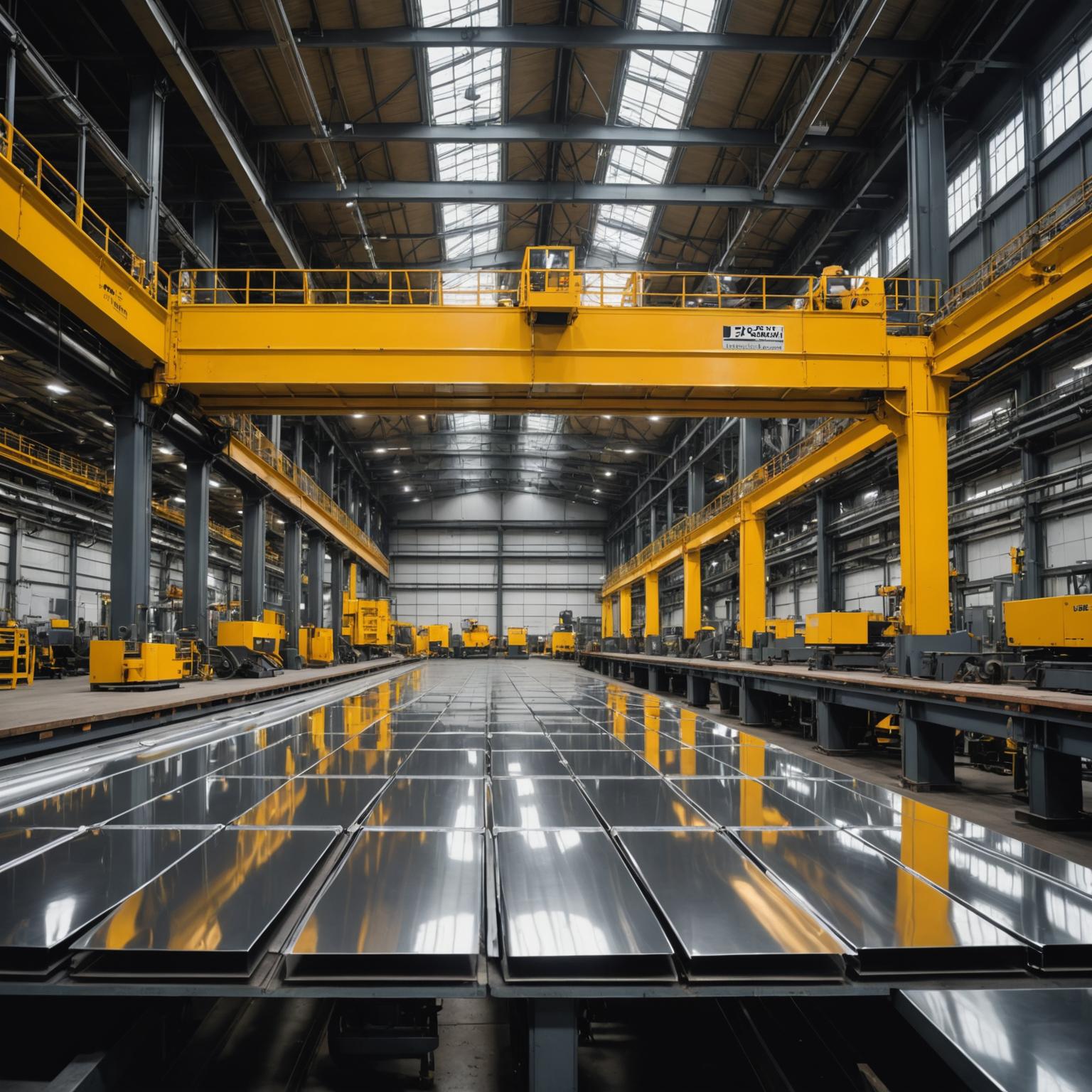Understanding the market price trends of stainless steel plates in 2025

As we approach 2025, it is becoming increasingly important to focus on key market price trends for products such as stainless steel plates. As stainless steel plates are the cornerstone of multiple industries including construction, manufacturing and electronics, 2025 is expected to bring about a significant shift in pricing dynamics. Companies related to stainless steel production are already ready for change, thanks to advances in technology, raw material availability and global drive to sustainability.
From luxury furniture to high-tech appliances, stainless steel plates play an essential role in modern manufacturing projects. The durability of high-quality stainless steel plates and mirror-like finishes not only help the design and function of the final product, but also affects its cost efficiency. So, what is this market? Let's dig into the factors of the stainless steel plate landscape in 2025.
Sustainability and its impact on stainless steel prices
One of the most critical factors affecting the prospects for stainless steel card pricing in 2025 is sustainability. As the global industry shifts its focus to environmentally friendly materials and processes, demand for recyclable and durable products such as stainless steel is expected to increase. The production of stainless steel plates, especially those precisely designed and constructed from recyclable components, is aligned with the global sustainability goals.
The rise of environmental policies has prompted manufacturers to adopt greener production methods. Although this shift may temporarily increase operating costs due to investment in advanced machinery and cleaner energy, the long-term benefits are undeniable. Now, customers value the materials that support their sustainability commitments, especially in high-performance areas such as automotive, electronics and construction. As a result, businesses that invest in environmental practices may provide premiums for the premium price of stainless steel plates, reflecting the added value of sustainability.
Technical advances in stainless steel manufacturing
The stainless steel industry is no stranger to innovation and is expected to bring more progress in 2025. Manufacturers are leveraging the exquisite polishing and finishing process to provide impeccable mirror-like surfaces on stainless steel plates. These technological advances not only enhance aesthetic appeal, but also improve the durability and performance of bed sheets in challenging environments.
When industry leaders introduce state-of-the-art production technology, the cost of these sheets may initially climb due to the use of advanced equipment and expertise. However, the resulting improvements in product quality (such as uniform thickness, higher tensile strength and corrosion resistance) also make the cost appropriately higher. In addition, customization capabilities are becoming increasingly scalable, enabling manufacturers to effectively meet specific industrial needs.
Continuous advances in the metallurgical process are expected to redefine scalability and cost-effectiveness. For example, manufacturers are now producing sheets in customizable sizes to cater to complex design and heavy-duty structural applications. Precisely designed stainless steel plates utilize these innovations to gain competitive advantages, which is crucial for industries aimed at technologically mature.
Global Economic Trends and Raw Material Costs
The global economy will also significantly affect the pricing of stainless steel plates in 2025. The availability and cost of raw materials, such as nickel and chromium, play a key role in determining market prices. Given that stainless steel is an alloy, fluctuations in the global supply chain may lead to rising or falling material costs. The prevalence and geopolitical impacts after the economic recovery may affect the availability of raw materials, which may lead to price fluctuations.
In addition, relying heavily on demand from industries such as durable, corrosion-resistant materials, etc. will put pressure on the supply chain. Components or construction projects that rely on stainless steel plates for precisely designed must be agile and closely monitor these market trends. Rising transportation and energy costs may add another layer of complexity to pricing schemes, highlighting the importance of strategic procurement and inventory management.
The attractiveness of stainless steel plates in the entire industry is increasing
Despite potential pricing challenges, the utility of stainless steel plates has expanded across various departments, enhancing its value proposition. In the luxury design field, mirror-like finishes and consistent surface quality make these sheets ideal for stylish furniture and stylish decor. At the same time, their reliability and durability ensures that they are flawless in industrial applications, from advanced machinery to high-pressure built environments.
The high performance industry has also locked in the versatility of stainless steel. Architects are using precisely designed paper with striking modern designs to combine aesthetic charm with structural reliability. Likewise, manufacturers of cutting-edge household appliances and automotive components depend on the unrivalled performance of stainless steel plates under high temperature and corrosive conditions.
As these applications expand, demand for high-quality and environmentally friendly stainless steel plates will rise. Companies investing in this resilient and adaptive material not only ensure better product quality, but also enhance their brand image and become a modern, sustainable business.
Strategic insights into market trends in 2025
Looking forward in 2025, companies with expected pricing trends and smart investments will have a huge competitive advantage. Companies relying on stainless steel plates should consider partnerships with manufacturers that prioritize technology-driven processes and sustainability. Precisely designed bed sheets, balancing cost-effectiveness and performance, may cause market preference.
In addition, the industry should use the versatility of stainless steel plates to innovate their products. The transition to recyclable, durable materials like these papers opens up opportunities for creating value-driven products that resonate with eco-conscious consumers. Investing in high-quality materials not only improves the company’s product portfolio, but also enhances its commitment to future health operations.
Stainless steel plates demonstrate how functional strength and aesthetic techniques are seamlessly aligned with innovation and sustainability as you browse through the industrial market in 2025. Staying informed and proactive is key to mastering the shift in market price trends while embracing the myriad possibilities these materials offer for modern manufacturing and design.








